Yates Account
Join now
Create a Yates account today!
Sign up to join the Yates Garden Club for monthly e-mails packed with seasonal inspiration, tips for success & exclusive promotions.
Plus if you’re a Garden Club member you can take part in the Yates Growing Community - a blog to share successes, get advice & win prizes in fun challenges along the way!

Forgot password
Enter the email address associated with your account, and we'll email you a new password.
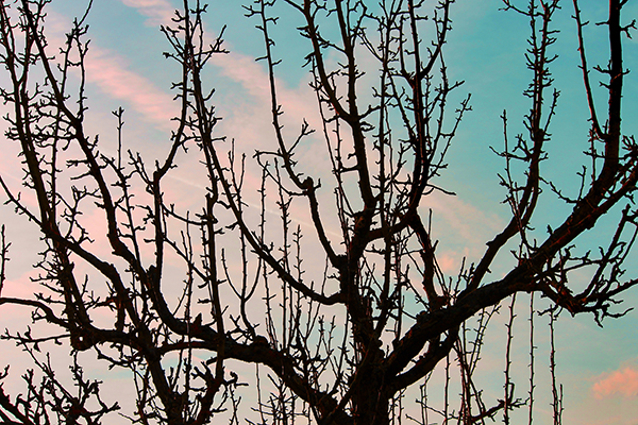
Winter is an important time to care for fruit trees; while the branches are bare and trees dormant it’s your best opportunity to tackle lurking diseases and insect pests over-wintering in the bark and crevices of your trees.
When spring arrives, pre-emptive spraying can prevent pathogens and insects from getting a foothold while vulnerable new growth is starting. It’s much easier to prevent than cure!
Winter is also your ideal opportunity to prune; deciduous fruit trees can be pruned as soon as all their leaves drop. As part of the pruning process, any leaf litter remaining under the tree should be tidied up and burned, as it can harbour disease spores and insect pests. Make sure to keep your pruning tools sharp and clean to improve hygiene and avoid spreading disease spores. It’s best to seal large pruning cuts with Yates PruneTec, as a barrier to prevent disease entering the wound. You can find out more about pruning fruit trees here.
After you've completed your winter spray and prune, you can wait for early spring to begin a preventative programme, to further protect your fruit as it forms. Your signal that spring has arrived is when the trees begin to develop buds. Trees are vulnerable to new disease infections or insect pests during this time, so a spray programme prevents them from getting started.

It’s especially important to take steps in spring if you’ve had disease problems in previous seasons. A winter spray cleans the slate, but it's still wise to apply a protective barrier against last year's disease spores, before they blow in on the wind. Likewise, insect pests can transfer from other host plants in the vicinity; proactive protection will deliver you a better fruit harvest.
Stonefruit (plums, nectarines, peaches, cherries) and pipfruit (apples, pears) are treated differently, so we’ve included a spray calendar for both in the tables below. Scroll down for stonefruit, or jump to pipfruit.
When spraying fungicides, remember good coverage is essential, as they usually work by coating the plant surfaces with a protective barrier against spores and bacteria.
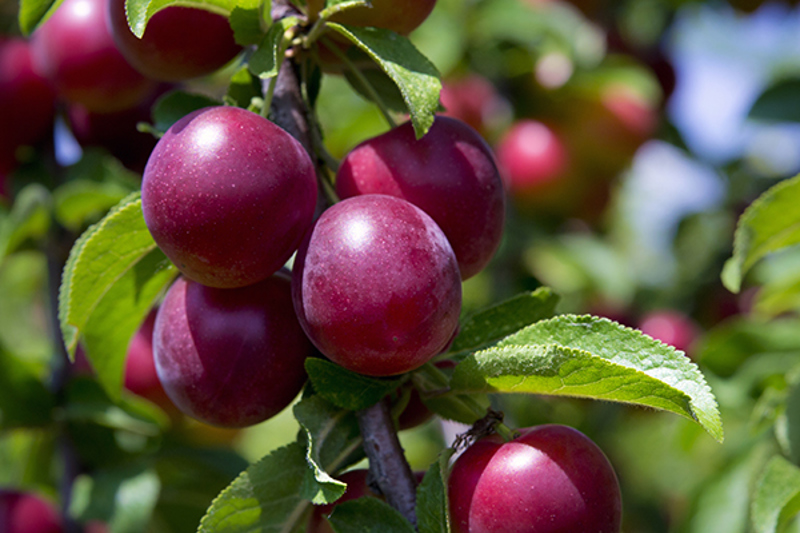
Stonefruit Spray Programme
| Growth Stage | Treatment | Pest / Disease |
| Dormant | Yates Lime Sulfur, followed by Yates Liquid Copper (at 3 weeks), then Yates Conqueror Oil (at 1 week) | All fungal diseases, all insect pests |
| Bud swell | Yates Liquid Copper | Leaf curl |
| Bud burst | Yates Liquid Copper and Yates Mavrik | Leaf curl, thrips, green peach aphid |
| Full bloom | Yates Nature's Way Fungus Spray and Yates Mavrik | Brown rot, thrips, green peach aphid |
| Petal fall | Yates Nature's Way Fungus Spray | Brown rot |
| 3 weeks later | Yates Nature's Way Fungus Spray | Brown rot |
| 3 week intervals to harvest | Yates Nature's Way Fungus Spray and Yates Success Ultra | Brown rot, oriental fruit moth, cherry pear slug |
| During leaf fall | Yates Liquid Copper | All fungal diseases |
Jump to details on the different growth stages, and how to spot them.
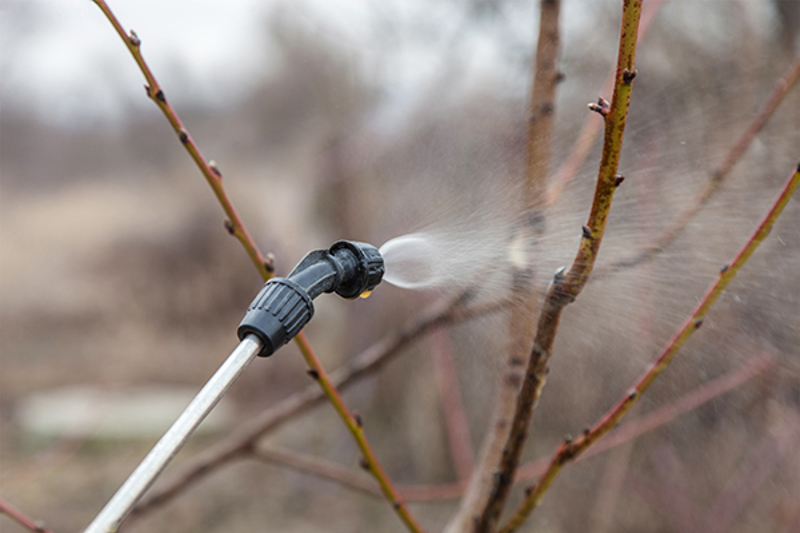
Winter Protection for Stonefruit
A single winter application of Yates Lime Sulfur will control stonefruit diseases like powdery mildew and rust, which survive on fruit tree stems through the cold season. Lime sulfur also kills overwintering mites and scale. It’s quite stinky (sulfur smells a bit like rotten eggs) and can stain (spray carefully), but it’s worth putting up with the hassle for the protection it offers. If you spray all the stems and trunk thoroughly before new foliage emerges, it helps give your trees a head-start in spring, so they can concentrate on producing a fantastic harvest.
- Don’t spray Lime Sulfur on evergreen plants though, as it will cause defoliation and leaf burn. This is actually a benefit with roses: if you spray during late May or early June it’ll cause them to drop their foliage and force them into dormancy. This is especially beneficial in areas with mild winters, where roses may not naturally enter dormancy
- Allow a 3-week gap before applying any other winter clean up products, like Yates Conqueror Oil or Yates Copper Oxychloride
- Yates Copper Oxychloride can be mixed with Conqueror Oil as a combination spray, to target pest insects and fungal spores. Apply every 2-3 weeks throughout June and July. Our tip for mixing Copper Oxychloride is add a little warm water to the powder first and mix it into a slurry, before adding the water
- Yates Liquid Copper is much easier to use than Copper Oxychloride, but it can’t be mixed with any other sprays as this will interfere with its barrier-forming properties. It’s best to time applications of Liquid Copper and Conqueror Oil a week apart

'Bud Swell' stage on a cherry tree
Stonefruit Disease Prevention
Distorted and discoloured foliage on stone fruit trees, like peaches, nectarines and plums, is caused by a fungal disease called leaf curl. The tree ends up looking very sad and in severe cases it reduces the tree’s ability to photosynthesise, which in turn can affect plant health and fruit yield. Winter is the time to act to prevent this disease, so, get the sprayer ready!
- Leaf curl disease spores lurk in bark crevices and around leaf buds during winter, waiting to infect the newly emerging foliage in late winter and early spring
- Leaf curl is a disease that needs to be prevented by killing the disease spores before they infect the new leaves, as the damage done by leaf curl is irreversible
You can break the leaf curl disease cycle and prevent leaves from being affected by spraying fruit trees with Yates Liquid Copper. Spray while the trees are dormant, just before bud swell (see below for explanations of the different growth stages).
- Liquid Coppers unique formulation provides real advantages over conventional copper fungicides. The ultra-fine particle size provides a denser, more impenetrable protective barrier to disease infection, without the unsightly blue residue
- It’s rainproof 6-8 hours after application, while simple copper sprays tend to wash off in heavy rain and need to be reapplied
- It’s also much easier to mix and doesn't crystallise in the sprayer tank like conventional copper options, so it won't sludge up your spray nozzle

'Green Tip' bud stage on an apple tree
Stonefruit Pest Prevention
A tried and true spraying oil like Yates Conqueror Oil controls mites, scale and aphids on stonefruit, and it can be used all year round.
- Conqueror Oil works by smothering the eggs and larvae of insect pests
- Make sure to get complete coverage of the target tree
- Beneficial insects such as honey bees are unaffected
Yates Mavrik controls aphids and thrips on stonefruit. Mavrik also controls a wide range of insect pests on different plants, so it's a great 'go-to' product to have in your arsenal.
- Apply Mavrik at bud swell.
- For thrips, apply 2-3 times during flowering, but don’t apply Mavrik after flowering has finished
- Once the spray has dried, beneficial insects such as honey bees are unaffected
Yates Success Ultra is an advanced insecticide derived from fermented soil bacteria (Saccharopolyspora spinosa). It controls leaf rollers, thrips and oriental fruit moth on stonefruit.
- The active ingredient (Spinetoram) is absorbed by contact with the insect and ingestion while feeding
- It also has a ”translaminar” mode of action, which allows it to penetrate the leaf cuticle and move into the leaf tissue; this enables it to move from the upper surface of the leaf to the underside, improving overall coverage
- A low toxic formulation, registered for use on edible plants
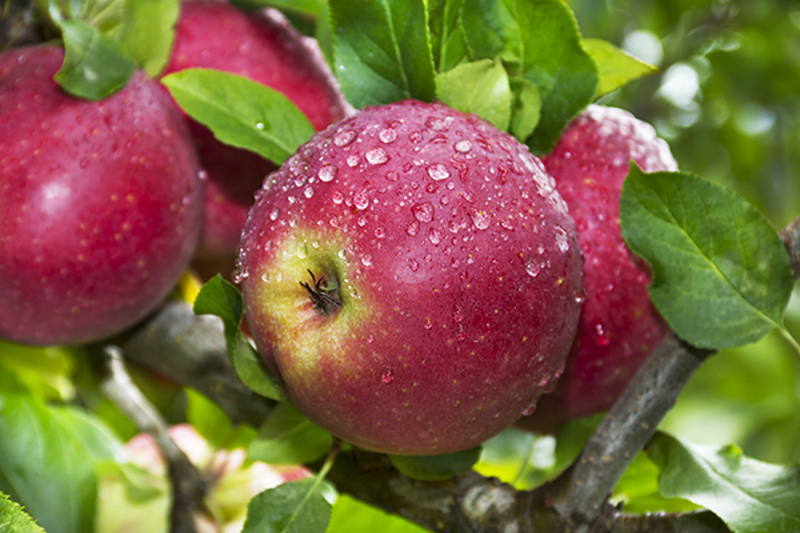
Pipfruit Spray Programme
| Growth Stage | Treatment | Pest / Disease |
| Dormant | Yates Lime Sulfur, followed by Yates Liquid Copper (at 3 weeks), then Yates Conqueror Oil (at 1 week) | All fungal diseases, all insect pests |
| Bud swell to green tip | Yates Liquid Copper | All fungal diseases |
| Pink (just prior to flowering) | Yates Fungus Fighter | Black spot |
| Full bloom | Yates Fungus Fighter | Black spot |
| Petal fall | Yates Fungus Fighter and Yates Success Ultra | Black spot, codling moth |
| 3 weeks later | Yates Fungus Fighter and Yates Success Ultra | Black spot, powdery mildew, codling moth, oriental fruit moth |
| 3 week intervals to harvest | Yates Fungus Fighter and Yates Success Ultra | Black spot, powdery mildew, codling moth, oriental fruit moth |
Jump to details on the different growth stages, and how to spot them.
Winter Protection for Pipfruit
A single winter application of Yates Lime Sulfur will control diseases like powdery mildew, black spot and rust, which survive on fruit tree stems through the cold season. Lime sulfur also kills overwintering mites and scale. It’s quite stinky (sulfur smells a bit like rotten eggs) and can stain (spray carefully), but it’s worth putting up with the hassle for the protection it offers. If you spray all the stems and trunk thoroughly before new foliage emerges, it helps give your trees a head-start in spring, so they can concentrate on producing a fantastic harvest.
- Don’t spray Lime Sulfur on evergreen plants though, as it will cause defoliation and leaf burn.
- Allow a 3-week gap before applying any other winter clean up products, like Yates Conqueror Oil or Yates Copper Oxychloride
- Yates Copper Oxychloride can be mixed with Conqueror Oil as a combination spray, to target pest insects and fungal spores. Apply every 2-3 weeks throughout June and July. Our tip for mixing Copper Oxychloride is add a little warm water to the powder first and mix it into a slurry, before adding the water
- Yates Liquid Copper is much easier to use than Copper Oxychloride, but it can’t be mixed with any other sprays as this will interfere with its barrier-forming properties. It’s best to time applications of Liquid Copper and Conqueror Oil a week apart

Preventing Pipfruit Pests and Diseases
Yates Lime Sulfur controls pipfruit diseases like powdery mildew, black spot and rust, which lurk on fruit tree stems during winter, as well as overwintering mites and scale.
Applying Yates Liquid Copper to fruit trees just before bud burst and again after flowering will help to control any disease spores that have settled on the tree.
Yates Fungus Fighter controls powdery mildew, black spot and rust on apples, grapes and ornamentals (also lawns). Because it’s systemic, it works to combat diseases from within the plant. This gives it both curative and protective properties.
Yates Success Ultra effectively controls codling moth, pear and cherry slug and oriental fruit moth on apples and pears. Timing is important for codling moth control: spring flowers are the trigger for starting control measures. As soon as the petals start to fall, it’s time to act.
- Begin spraying apple and pear trees every 14 days, from petal fall
- There can be several generations of codling moth between flowering and harvest, hence the need for regular ongoing spraying
Growth Stages Explained: What to Look Out For
- Dormant: This stage describes the period when fruit buds aren’t active during the winter season (this applies to all fruit trees).
- Bud Swell: This is the period when fruit buds become swollen looking, with their scales separating to uncover glimpses of lighter coloured bud underneath.
- Bud Burst: This describes the stage where the fruit buds have broken at their tips, with the blossom buds just peeping through. In apples and pears, this stage is called Green Tip.
- Pink: This applies only to apple and peach trees. For apples, it’s the time when all blossom buds in each cluster are pink, with stems fully extended. For peaches, it’s when the blossom bud shows a pink tip.
- Full Bloom: When the blossom buds are fully open (applies to all fruit trees).
- Petal Fall: After about 75% of the petals have dropped off (applies to all fruit trees).
- Fruit Set: This is the brief stage after flowering, when it becomes easily visible which blossoms have successfully set fruit (applies to all fruit trees).

Fruit Set stage on an apple tree
Practical Spraying Tips
Sprays should be used alongside best growing practices, like good pruning hygiene (cleaning your tools), sealing pruning wounds and removing infected fruit and leaves.
- Read the instructions on the label before mixing
- Mix up only as much as you need for the job
- Spray in the early morning or late afternoon
- Wear appropriate personal protective equipment: N95 rated mask (medical masks don’t give you much protection), gloves, eye protection, a long-sleeved shirt, long trousers and covered shoes
- Clean your sprayer after use
- Always wash your hands after spraying
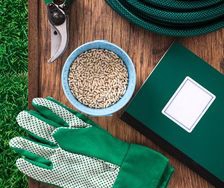
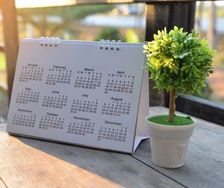
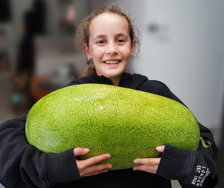
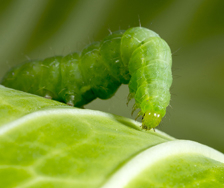
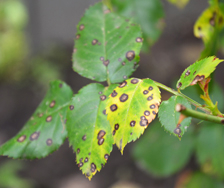
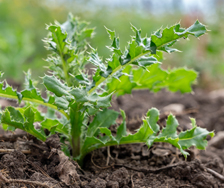
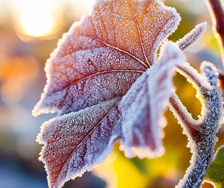











Share
Share this article on social media